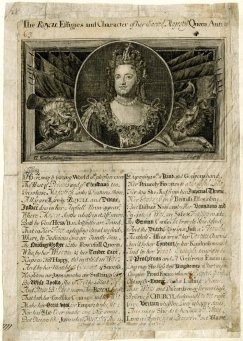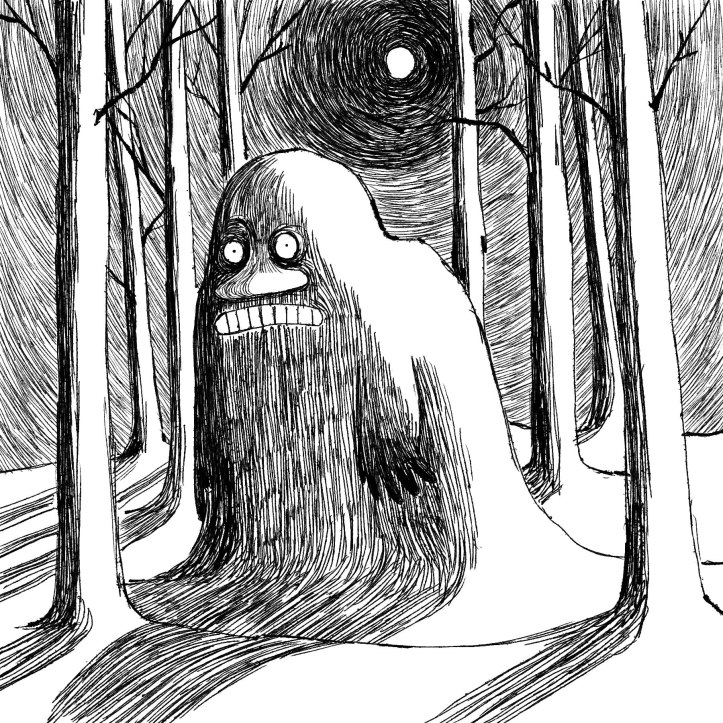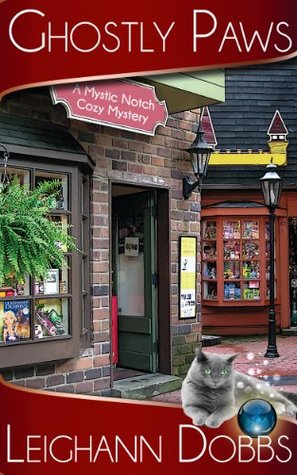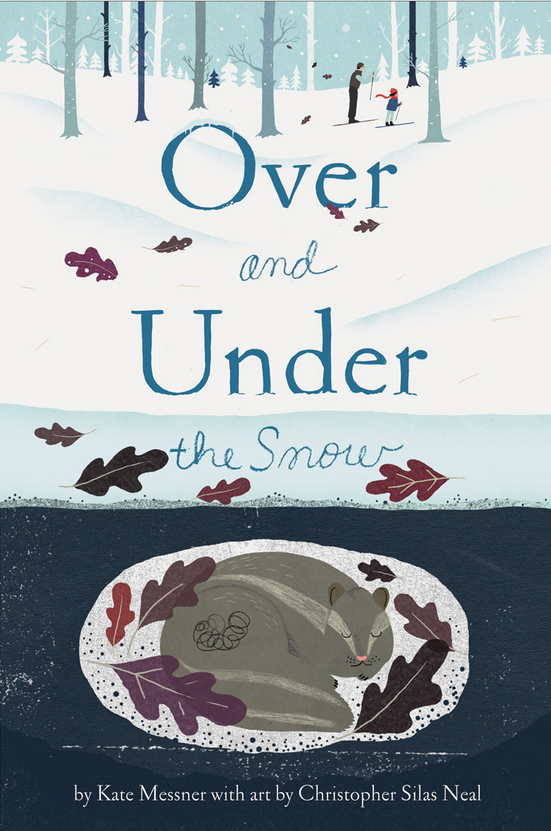
We close the summer of 2017 with a portrait of Thomas Van der Goten, who recently received his PhD with a thesis on the eighteenth-century English ode. His dissertation offered a revisionist and genre-theoretical study of a large body of odes, providing a nuanced account of the range and variety of the genre, its engagement with literary tradition, and its place in the proliferating market for printed poetry. His interests range from classical as well as early modern and Romantic literature, over lyric poetry, to print culture, material culture, book history, and the history of reading. As a passionate dix-huitiemist, he is currently working on a postdoc application on the poetry of occasions in eighteenth-century Britain. GEMS wishes him the best of luck!
How did your interest for your research arise?
I have always been fascinated by the intersections between the various social, cultural, political, religious, and material contexts in which the written (or spoken) word was embedded in the early modern period. I would say that most of my research is a reflection of that interest, but part of it is also motivated in response to what I think is a somewhat misguided conception of how ‘literature’ functioned prior to the Romantic movement. I am constantly drawn to the unwritten histories of what people in the early modern period read and wrote, the medially and modally experimental as well as the hugely popular forms of literary practice–all manner of things generally ignored by scholars in the past. That is why I think text-image hybrids, in verse or prose, produced on the occasion of festivals, fairs, and other popular events, can be as revealing as the canonical works that are still widely read today. It’s from this double orientation that most of my research arises, partly out of pure interest, partly out of a self-imposed sense of necessity.
Do you consider your research in general as interdisciplinary?
In my dissertation on the ode, I adopted a combination of the sort of quantitative approach you usually find in book-historical scholarship with a more traditional approach which was inflected as much by ‘old,’ that is, empirical, archival historicism as by cultural materialism. Even though I am mostly interested in conventional subjects such as genre, canonization, and literary tradition, I think my methodology is definitely interdisciplinary. Literary scholars have always benefited from other, related disciplines such as art, science, and music, so I believe funding bodies would do well to offer continued encouragement to scholars wishing to explore further interdisciplinary avenues. The broader interdisciplinary perspective generally delivers an account that is, in my opinion, much more enjoyable to read.
Have you ever experienced a ‘Eureka moment’ during your research?
I think one of the benefits of conducting the kind of empirical research that I enjoy doing is that you regularly experience brief moments of discovery because you are constantly trying to complete the puzzle that is your historical narrative, with as much attention to detail as possible. One of the most rewarding aspects in that respect is chronology. Like a true detective, I once tried to piece together the landscape of poetry production in the months following the death of Queen Anne in 1714. With the help of archival material from the British Library and a wealth of data from the online Burney collection of eighteenth-century newspapers, I was able to reconstruct on a day-to-day basis the public response to one of the most momentous monarchical transitions in the history of British royalty. It really felt as a modest revelatory moment when I was able to situate the poetry publications on a two-month timeline and trace the shifting attitudes from old monarch to new in a way that reduced the historical distance in such a way as to make it almost tangible, human, and strangely familiar. I honestly believe that the thrill of doing this kind of historical exploration can be more rewarding than historical fiction, simply because you are dealing with real people and events. Every nugget of information you encounter can serve to complete the story you are drafting and each, in a way, can be a ‘Eureka moment’ in itself.
What is the most inspiring (literary) study you have ever read? And the most recent one?
Even though I could—and probably should—give you a whole list of books that shaped the way I think about certain subjects or that I enjoyed for their scholarship, scope, or style (a list that would include names such as Pat Rogers, Sandro Jung, and Claude Rawson), there is one study that comes to mind immediately: James A. Winn’s Queen Anne: Patroness of Arts (2014). Much more than a straightforward biography of the queen, as the title would suggest, this book really is a chronicle of the times in which she lived and reigned, immensely detailed and richly illustrated with visual and musical examples. The book comes with a companion website featuring recordings of musical pieces by such famous composers as Giovanni Baptista Draghi and Henry Purcell, all produced anew by a Boston-based team of specialists in early modern music. Winn’s interdisciplinary approach to historical research is precisely what makes his work so captivating. The book is 816 pages long and weighs a ton, but I relished every second of reading it; the reader is taken on a journey through late seventeenth- and early eighteenth-century Britain, with no stone of political intrigue or ceremonial spectacle left unturned. Incidentally, I am currently reading another of Winn’s biographies: John Dryden and His World (1987), but naturally it is not nearly as abundant in material as the Queen Anne book. Although a comparison between these two biographies might be a little unfair, it just goes to show that we are now much more capable of using innovative, technological tools such as websites, podcasts, and apps to enrich our experience of reading about the early modern period, its people, and its literature.
Thomas Van der Goten and Sarah Adams
The image is an engraved portrait of Queen Anne by I. Sympson after a design by G. Kneller. Below the image with twenty lines of engraved verse, the imprint says “Printed on ye River of Thame Jan. ye 23th 1715/16,” an indication that this sheet was issued at that winter’s Frost Fair.
Advertisements Share this:




